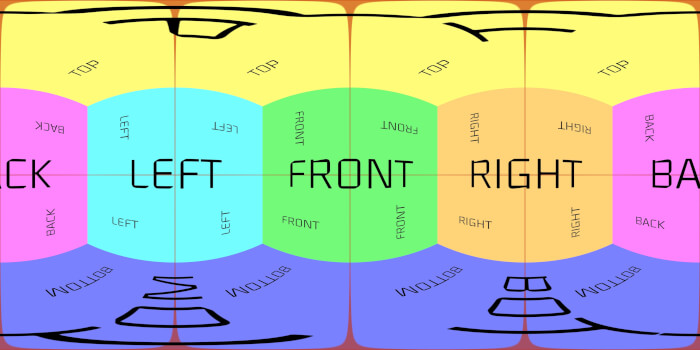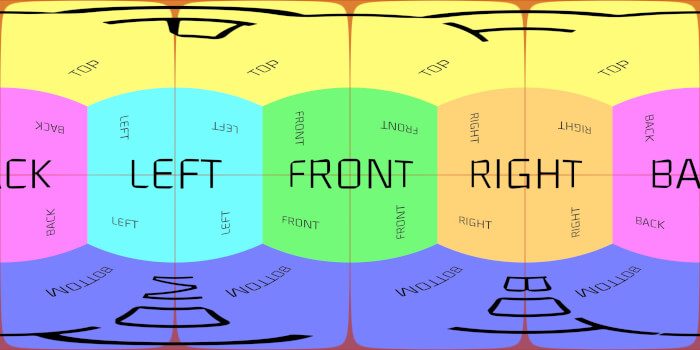
In the past couple of days, we shared some great news about Blender 2.8 and Cycles. The upcoming release of Blender will feature native support for IES lights in Cycles. That means you can use real data to simulate artificial lights in your architectural visualization projects.
But, how do IES profiles affect the render in Cycles?
Most of the artwork and visualization projects we see using Cycles will try to simulate a daylight scenario. For that reason, you won't see many examples of projects and artists putting in practice the use of IES lights.
However, from time to time we find some great examples of visualization using a night view of a project.
Like this Hotel Room visualization from artist Kmurphy89 and shared at the BlenderArtists forums.

The use of such a setup for a hotel room is significant because those types of projects will invest in a particular set of light design to create a mood for their guests. Using IES lights to render the scene will give the artist an exceptional level of realism, to reproduce the effect.
Unfortunately, no further information about render times or hardware used to process the scene is available. But, that is an excellent example of how IES lights look like with an interior view of a project in Blender Cycles.
Using Blender for architecture
Do you want to use Blender for architecture or render your projects using Cycles or Eevee? We have three books available that could help you!
They cover the use of Blender for producing architectural content and also all information you need to render projects in real-time:
- Blender 2.9 for architecture: Modeling and rendering with Eevee and Cycles
- Blender 2.8 parametric modeling: Drivers, Custom Properties, and Shape Keys for 3D modeling
- Blender 3.0: The beginner's guide
- Blender Eevee: The guide to real-time rendering with Blender 2.8
You can get them in both digital and paperback formats. By ordering those books, you will not only improve your skills with Blender for architecture but also support Blender 3D Architect.





